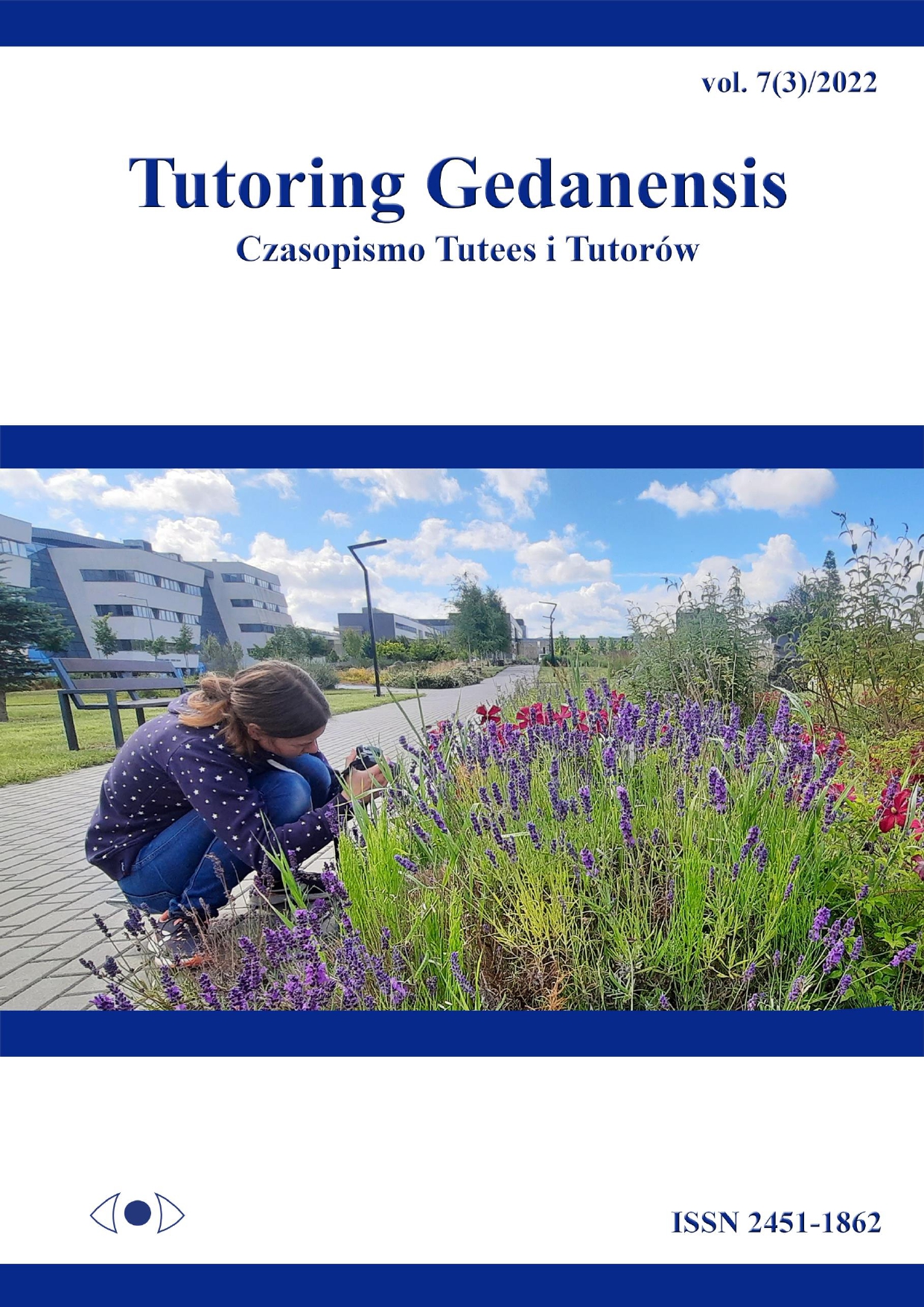Płyń przez życie na fali flow – jak działa zjawisko przepływu?
DOI:
https://doi.org/10.26881/tutg.2022.3.08Słowa kluczowe:
flow, przepływ, zaangażowanieDownloads
Bibliografia
Asakawa, K., 2010. Flow experience, culture, and wellbeing: how do autotelic Japanese college students feel, behave, and think in their daily lives? Journal of Happiness Studies, 11, 205-223.
Borderies, N., Bornert, P., Gilardeau, S., and Bouret, S., 2020. Pharmacological evidence for the implication of noradrenaline in effort. PLOS Biology, 18: e3000793.
Chin, M., S., Kales, S., N., 2019. Is there an optimal autonomic state for enhanced flow and executive task performance? Frontiers in Psychology, 10, 1716.
Csíkszentmihályi M., 1990. Flow: the psychology of optimal experience. Harper & Row, New York.
Csíkszentmihályi M., 2014. Flow and the foundations of positive psychology. Springer Dordrecht.
De Manzano Ö., Cervenka S., Jucaite A., Hellenäs O., Farde L., Ullén F., 2013. Individual differences in the proneness to have flow experiences are linked to dopamine D2-receptor availability in the dorsal striatum. NeuroImage, 67, 1-6.
Gold, J., Ciorciari, J., 2020. A review on the role of the neuroscience of flow states in the modern world. Behavioral Sciences (Basel, Switzerland), 10 (9), 137.
Marty-Dugas, J., Smilek, D., 2019. Deep, effortless concentration: re-examining the flow concept and exploring relations with inattention, absorption, and personality. Psychological Research, 83 (8), 1760- 1777.
Mauri M., Cipresso P., Balgera A., Villamira M., Riva G., 2011. Why is Facebook so successful? Psychophysiological measures describe a core flow state while using Facebook. Cyberpsychology, Behavior, and Social Networking, 14 (12), 723-31.
Katahira K., Yamazaki Y., Yamaoka C., Ozaki H., Nakagawa S., Nagata N., 2018. EEG correlates of the flow state: a combination of increased frontal theta and moderate frontocentral alpha rhythm in the mental arithmetic task. Frontiers in Psychology, 9, 300.
Payne, B.R., Jackson, J.J., Noh, S.R., Stine-Morrow, E.A. L., 2011. In the zone: flow state and cognition in older adults. Psychology and Aging, 26 (3), 738-743.
Quinn, R.W., 2005. Flow in knowledge work: high performance experience in the design of national security technology. Administrative Science Quarterly, 50 (4), 610-641.
Ulrich M., Keller J., Hoenig K., Waller C., Grön G., 2014. Neural correlates of experimentally induced flow experiences. NeuroImage, 86, 194-202.
Wise R.A., 2004. Dopamine, learning and motivation. Nature Reviews Neuroscience, 5 (6), 483-494.
Van der Linden D., Tops M., Bakker A.B., 2021. Go with the flow: a neuroscientific view on being fully engaged. European Journal of Neuroscience, 53 (4), 947-963.
Van der Linden, D., Tops, M., Bakker, A., B., 2021. The neuroscience of the flow state: involvement of the locus coeruleus norepinephrine system. Frontiers in Psychology, 12: 645498.
Źródła internetowe
https://www.needpix.com/photo/92247/brainanatomy-human-medicine-cross-section-profile, licencja: needpix.com [dostęp z dn. 07.06.2022].
https://www.freepik.com/free-photo/closeupshot-rhesus-macaque-primate-monkey-sittingmetal-railing-eating-something_7678070.htm#query=wirestock%20rhesus%20monkey&position=2&from_view=search, licencja: freepik.com [dostęp z dn. 07.06.2022].
https://terapianowoczesna.pl/stan-flow/ [dostęp z dn. 06.06.2022].

 Uniwersyteckie Czasopisma Naukowe
Uniwersyteckie Czasopisma Naukowe



